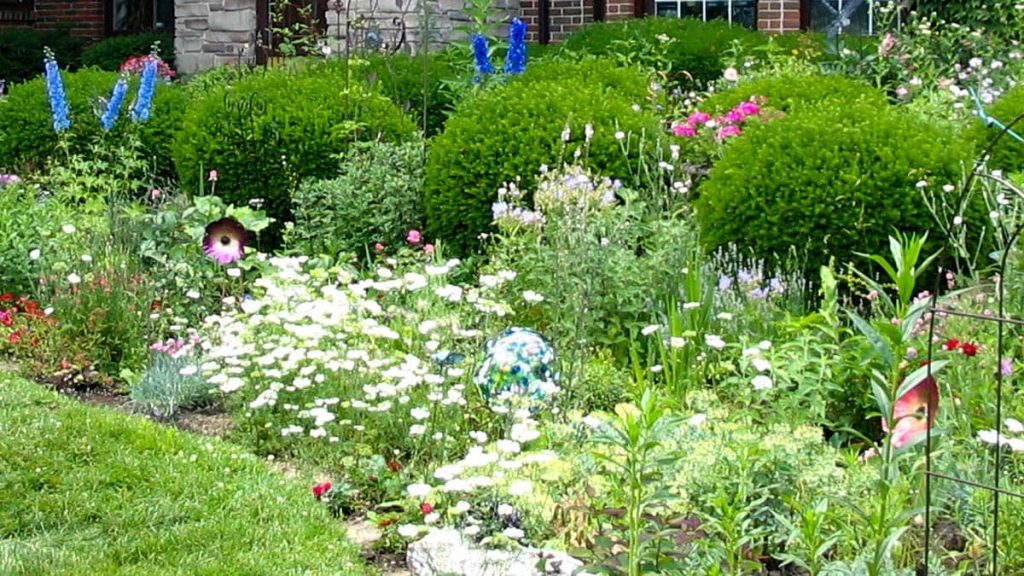Plastic pollution is a major environmental problem that is threatening our planet and the creatures that rely on it. One of the major sources of plastic pollution is our everyday use of plastic products in our gardening routines. From plastic plant pots to plastic watering cans, plastic is everywhere in the garden.
Thankfully, there are ways to reduce the amount of plastic we use in our garden routines. By making a few simple changes, you can make a big difference in reducing your plastic footprint. In this article, we will discuss various ways to reduce plastic in your garden routine.
1. Use Biodegradable or Recyclable Materials:
One of the best ways to reduce plastic in your garden routine is to opt for biodegradable or recyclable materials. Instead of using plastic plant pots, consider using biodegradable pots made from materials like coconut coir, peat, or bamboo. These pots will break down naturally over time, reducing the amount of plastic waste in your garden.
You can also choose recyclable materials for your garden tools and accessories. Look for pots, watering cans, and other items made from recyclable materials like metal, glass, or wood. These materials can be recycled or reused, further reducing your plastic consumption.
2. Start Composting:
Composting is a great way to reduce waste in your garden and provide nutrients for your plants. By composting organic waste like kitchen scraps, yard clippings, and leaves, you can reduce the amount of plastic bags and packaging that you need to dispose of.
You can compost using a simple compost bin or pile in your yard. There are also compostable bags available that can be used to collect organic waste in the kitchen and then added to the compost pile. By composting, you can create a sustainable source of nutrients for your plants and reduce your plastic waste.
3. Avoid Single-Use Plastics:
Single-use plastics are a major contributor to plastic pollution. Avoid using single-use plastic products like plastic plant markers, disposable gloves, and plastic bags. Instead, opt for reusable alternatives like metal plant markers, washable gloves, and fabric bags for collecting yard waste.
You can also make your own DIY alternatives to single-use plastic products. For example, you can create plant markers from old wooden chopsticks or paint sticks. By eliminating single-use plastics from your garden routine, you can significantly reduce your plastic consumption.
4. Buy in Bulk:
Buying in bulk can help reduce the amount of plastic packaging that you use in your gardening routine. Instead of buying individual plastic bags of soil, mulch, or fertilizer, consider purchasing these items in bulk.
Many garden centers offer bulk options for these products, allowing you to fill your own containers or bags. You can also bring your own containers to fill with bulk items, reducing the need for plastic packaging. Buying in bulk not only reduces plastic waste but can also save you money in the long run.
5. Repurpose Plastic Items:
Instead of throwing away plastic items, consider repurposing them for use in your garden. Plastic containers like yogurt tubs, soda bottles, and milk jugs can be turned into planters, watering cans, or storage containers.
You can also use plastic bottles to create irrigation systems for your plants. Cut the bottom off of a plastic bottle and bury it next to your plants, then fill the bottle with water. This will slowly release water to the roots of your plants, reducing the need for frequent watering.
6. Support Plastic-Free Brands:
When purchasing gardening products, look for brands that prioritize sustainability and use minimal plastic packaging. Many companies are now offering plastic-free alternatives for gardening products like seed packets, plant labels, and tools.
By supporting these brands, you are sending a message to the industry that plastic-free options are in demand. You can also choose to purchase from local businesses or farmers markets, where you can find products with minimal plastic packaging.
7. Educate Yourself and Others:
Education is key to reducing plastic pollution in the garden. Take the time to learn about the impact of plastic pollution on the environment and the ways in which you can reduce your plastic consumption.
Share this knowledge with friends, family, and fellow gardeners to spread awareness about the issue. Encourage others to join you in reducing plastic in their garden routines and work together to make a positive impact on the planet.
In conclusion, reducing plastic in your garden routine is a simple but impactful way to help protect the environment. By making small changes like using biodegradable materials, composting organic waste, avoiding single-use plastics, and supporting plastic-free brands, you can significantly reduce your plastic consumption. Educate yourself and others about the importance of reducing plastic pollution and work together to create a more sustainable garden routine. Together, we can make a difference in the fight against plastic pollution and protect our planet for future generations.

